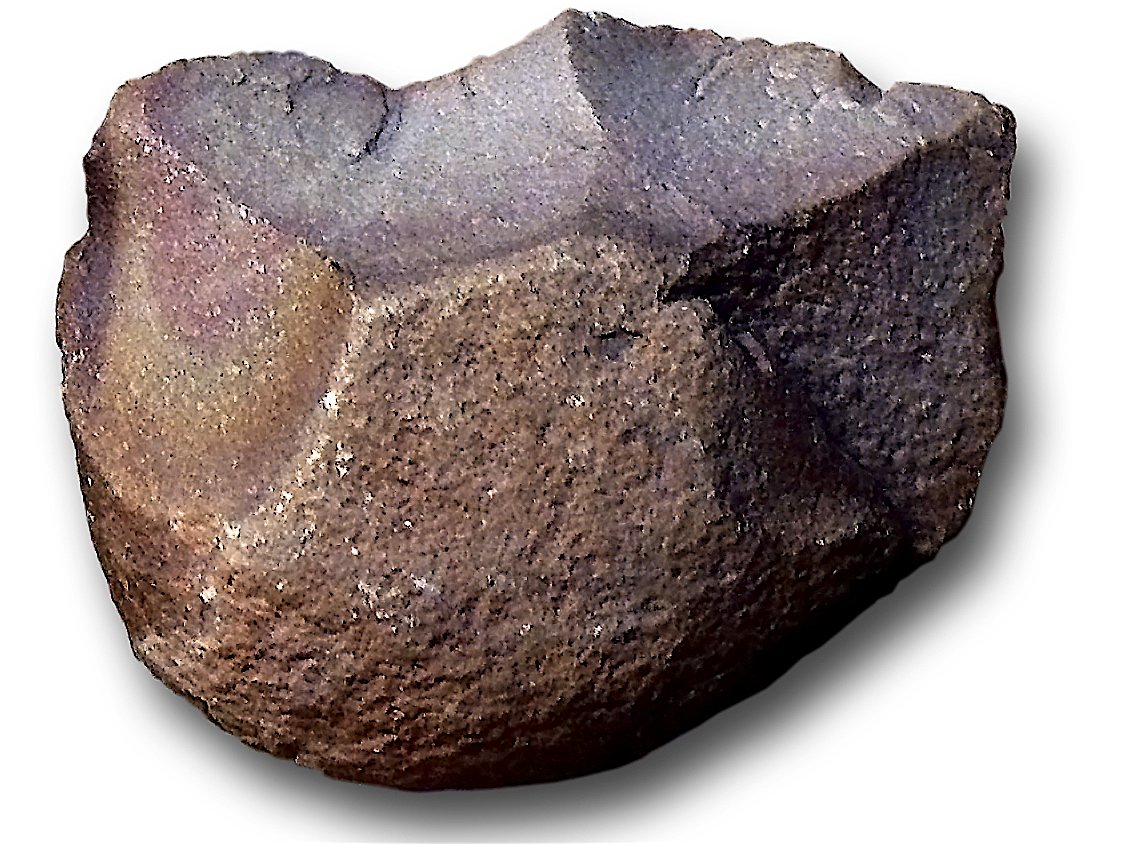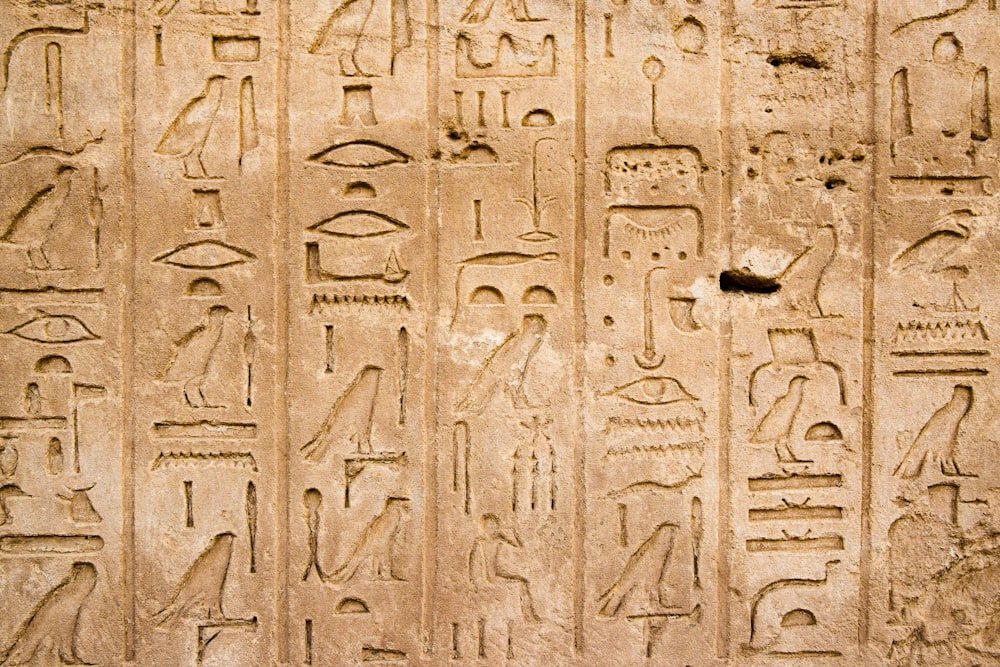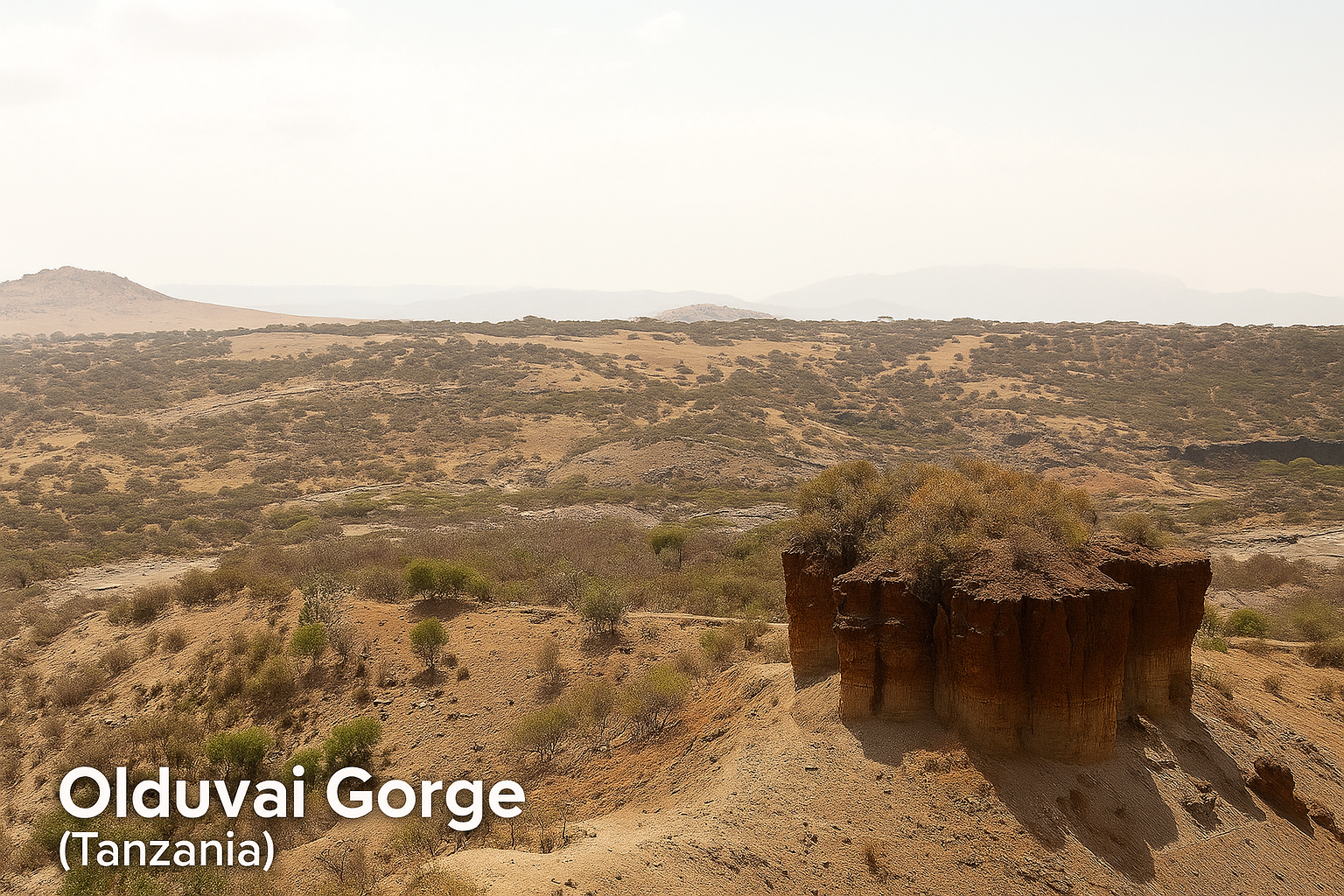Prehistoric Africa: Cradle of Civilization
“Where the human journey began over 3 million years ago.”
Australopithecus
Significance: Among the earliest hominins to walk upright (bipedalism).
Small brain size (~400–500 cm³), closer to modern apes than humans.
Famous specimens: Australopithecus afarensis (e.g., "Lucy").

Homo habilis
Significance: Name means “handy man” — among the first toolmakers (Oldowan tools).
Larger brain (~500–700 cm³) than Australopithecus.
Considered one of the earliest members of the genus Homo.
Likely omnivorous, showing signs of a more varied diet.

Homo erectus
Significance: First hominin species known to migrate out of Africa.
Used more advanced Acheulean tools (e.g., hand axes).
Brain size increased (~600–1,100 cm³).
Evidence of fire use and more complex social behavior.
Physically more similar to modern humans, with a more upright posture and longer legs.

Homo Sapiens
Significance: Anatomically modern humans.
Larger and more complex brain (~1,300–1,400 cm³).
Created symbolic art, used language, and developed complex tools.
Rapid cultural and technological evolution (e.g., clothing, hunting strategies, art).
Migrated across the globe and eventually replaced or interbred with other hominins like Neanderthals.


Key Discoveries Gallery
Fossil: Lucy (Australopithecus afarensis)
Tools: Oldowan stone tools
Cave art: Tassili n'Ajjer
Why Africa?
Africa is recognized as the cradle of humanity due to a unique convergence of geological, climatic, and genetic factors. The Great Rift Valley, stretching from Ethiopia to Mozambique, is a geological treasure trove where tectonic activity has exposed fossil-rich sediment layers, preserving some of the earliest evidence of hominins. Over millions of years, dramatic climate shifts—from lush grasslands to arid savannas—drove early human ancestors to adapt, migrate, and innovate. Modern genetic studies confirm that all living humans trace their ancestry to populations that first evolved in Africa over 200,000 years ago. Africa’s story is not just ancient—it’s shared by all of us.
